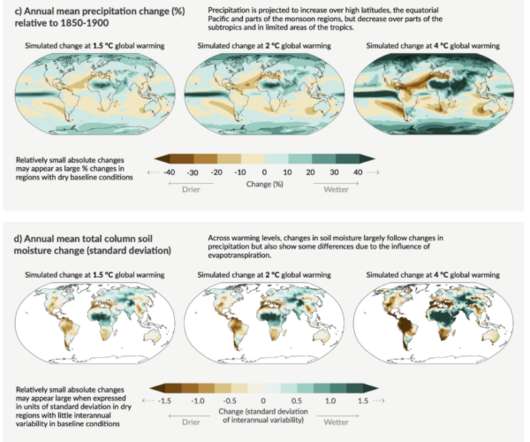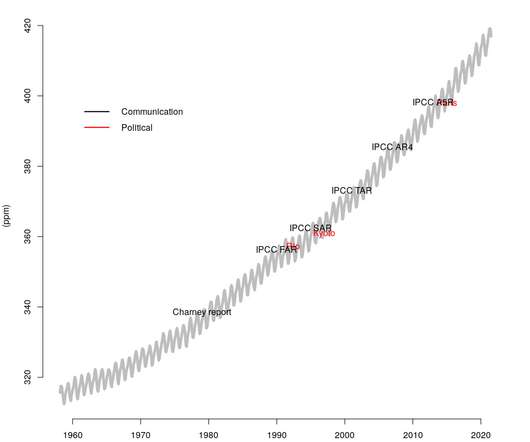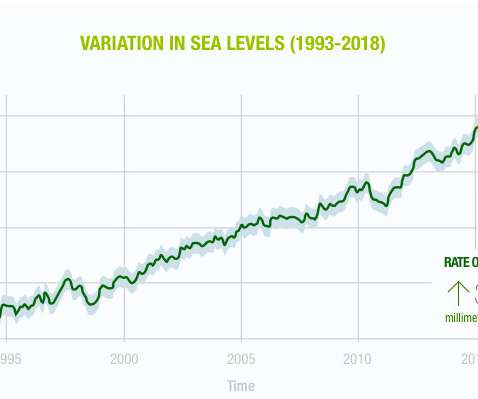AR6 of the best
Real Climate
AUGUST 9, 2021
Sea level rise is a big deal Use, abuse and misuse of the CMIP6 ensemble The radiative forcing bar chart has gone full circle Droughts and floods are complicated Don’t mention the hiatus. Sea Level Rise: The previous IPCC reports, notably AR4 and AR5 (to a lesser extent) , have had a hard time dealing with SLR.



















Let's personalize your content